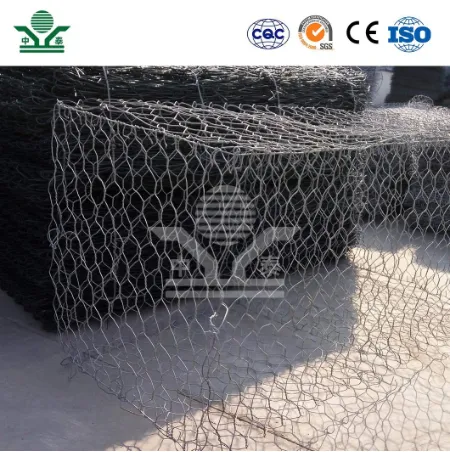Effective Dust Control Fencing A Comprehensive Guide
Dust control is an essential consideration in construction, mining, and other industries where particulate matter can pose health risks and environmental concerns. One of the most effective methods for managing dust is the implementation of dust control fencing. This article explores the benefits, types, and best practices for using dust control fencing to mitigate airborne dust particles.
What is Dust Control Fencing?
Dust control fencing refers to temporary barriers designed to contain or redirect dust generated from construction sites, mining operations, and other activities that disturb soil. These fences are typically made from materials that can effectively trap dust particles while being permeable enough to allow airflow. Common materials include geotextiles, synthetic fabrics, and sometimes natural solutions like hay bales or straw.
Benefits of Dust Control Fencing
1. Health Protection Dust can carry harmful pollutants and allergens that affect air quality and pose health risks, including respiratory issues. By installing dust control fencing, companies can significantly reduce dust exposure to workers and surrounding communities.
2. Environmental Compliance Many jurisdictions have regulations governing dust emissions. Utilizing dust control fencing can help meet these regulations and avoid potential fines or penalties.
3. Improved Worksite Conditions Less dust means greater visibility and a safer working environment. Workers are less likely to experience accidents due to dust obscuring their vision or making surfaces slippery.
dust control fencing

Types of Dust Control Fencing
1. Barrier Fencing These are solid or semi-solid fences that act as a first line of defense against dust dispersion. They are usually installed around the perimeter of a site.
2. Permeable Fencing Made from materials that allow some airflow, these fences trap dust while still reducing wind velocities to minimize airborne particles.
3. Vegetative Fencing Planting fast-growing grasses or shrubs along the perimeter of a worksite can also act as a natural dust barrier, providing aesthetic benefits alongside dust control.
Best Practices for Implementation
- Site Assessment Before installation, conduct a thorough site assessment to identify the specific dust generation sources and choose the most suitable type of fencing.
- Regular Maintenance Periodically check the condition of the fencing and perform necessary repairs to ensure its effectiveness.
- Combine Methods For optimal results, consider integrating dust control fencing with other dust suppression techniques, such as water spraying or soil stabilization.
In conclusion, dust control fencing is a vital tool in managing dust emissions in various industries. By understanding its benefits and adhering to best practices, companies can not only protect the health of their workers and surrounding communities but also ensure compliance with environmental regulations.
-
The Best Metal Mesh Solutions: Expanded Aluminum Metal vs. Expanded Stainless Steel Metal
NewsSep.10,2024
-
Round Perforated Sheets vs. Hexagonal Perforated Sheets vs. Embossed Perforated Sheet Metal
NewsSep.10,2024
-
Perforated Metal Sheets
NewsSep.10,2024
-
Experience The Excellence Of Stainless Steel Grating
NewsSep.10,2024
-
Discover the Versatility Of Metal Mesh Expanded Forming Machines
NewsSep.10,2024
-
Discover The Advantages Of Steel Grating For Sale
NewsSep.10,2024
Subscribe now!
Stay up to date with the latest on Fry Steeland industry news.

